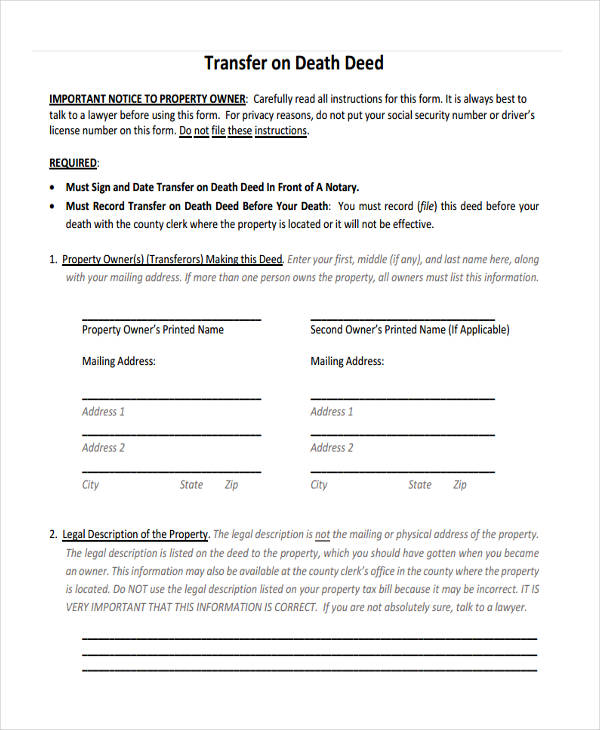
DEED CONVEYANCE REGISTRATION
The Government obtains its revenue in the form of Stamp Duty and Registration Fees, and at this point the process of conveyance is officially over. Once the registration is done, the transfer moves into the public domain. This can be done by presenting it at the Registrar’s office, and remittance of the registration fee. Lenders may use this type of deed to secure their interest in real property until the borrower repays the loan.

However, the trustee retains the right to foreclose on the property if necessary. Once the conveyance (or sale) deed has been executed on non judicial stamp paper, it needs to be registered. A deed of trust is a conveyance deed that transfers ownership of real property to a trustee that allows the current owner to continue to use the property. The seller may receive a limited periods worth of rights, title, or ownership. The seller may receive a temporary transfer of rights, title, or ownership.
DEED CONVEYANCE HOW TO
It is mandatory that a deed should be in writing, and that both parties involved must sign the document.Īlso Read: Here's how to form an apartment owner’s association

It is a contractual document that includes legally valid terms, and is enforceable in a court of law. In order to understand what a conveyance deed is, it is important to look at a definition of the term ‘deed’ itself.Ī deed is a written document or an instrument that is sealed, signed and delivered by all parties to the contract (buyer and seller). Unlocking opportunities in Metal and Mining.Interview Series Business In The Week Ahead.


 0 kommentar(er)
0 kommentar(er)
